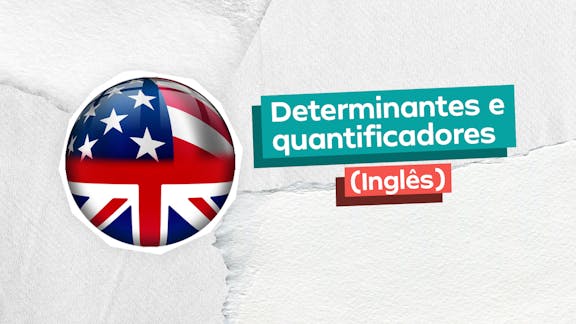Select the correct statement analyzing the information given by the text above.
RADIATION AND ATOMIC WASTE
Life on earth has always been exposed to a certain amount of radiation from natural sources, which
comes in part from cosmic rays. Also present in our environment is radiation from the radioactive elements
that occur naturally such as radium, thorium, and uranium.
One of the most serious problems that can result from radiation given off by nuclear reactions is
damage to the genes, the cells in living organisms that control hereditary factors. Exposure to radiation can
cause a mutation, a change in some inherited characteristics of the organisms. Only a very small proportion
of mutations are beneficial to the organism.
The nuclear reactors that have been developed for experimental, peaceful and energy production
purposes are surrounded by a heavy protective shield of concrete, or sometimes of lead, to protect the people
who work with them.
A further problem involves the disposal of radioactive wastes. As the number of nuclear reactors in
existence has increased, so has the amount of dangerous waste products. They cannot simply be released into
the environment because they could create a potential hazard for all living things in the world.
Experimentation is trying constantly to find safe methods of getting rid of the harmful by-products of nuclear
reactors. (p. 75)
Adaptado de LIBERATO, Wilson Antônio. De olho no vestibular (Inglês -Textos). São Paulo: FTD, 1996. 144 p.
Gabarito comentado
Alternativa correta: C
Tema central: efeitos da radiação e o problema do lixo atômico. Para responder é preciso entender que radiação ionizante pode causar mutações genéticas e que resíduos nucleares representam risco ambiental — pontos explicitados no texto.
Resumo teórico (claro e progressivo):
- Radiação ionizante pode danificar o DNA; isso pode provocar mutações hereditárias. (Fontes: WHO — “Ionizing radiation, health effects”; IAEA).
- A maioria das mutações é neutra ou prejudicial; apenas uma pequena parcela pode ser vantajosa para o organismo.
- Resíduos nucleares não podem ser descartados livremente no ambiente: são fontes de contaminação de longo prazo e exigem métodos seguros de armazenamento/descarte (IAEA, normas nacionais).
Justificativa da alternativa C:
O texto afirma que "exposure to radiation can cause a mutation" e que "only a very small proportion of mutations are beneficial". Logo, a afirmação de que a maioria das mutações é prejudicial está de acordo com o enunciado. Por isso a alternativa C é correta.
Análise das alternativas incorretas:
A — Incorreta: diz que lixo atômico não tem perigo quando jogado no mar. O texto afirma o contrário: esses resíduos não podem ser liberados no ambiente por causarem riscos.
B — Incorreta: afirma que genes estão livres de problemas por radioatividade; o texto diz que radiação pode danificar genes.
D — Incorreta: nega que o lixo atômico represente ameaça; conflita com o trecho que aponta risco para todos os seres vivos.
E — Incorreta: afirma que é fácil eliminar o lixo e que não é perigoso; o texto indica que experimentos buscam métodos seguros, implicando dificuldade e periculosidade.
Estratégias de interpretação úteis:
- Procure palavras-chave no texto (ex.: "mutation", "only a very small proportion", "cannot simply be released").
- Compare cada alternativa com a ideia explícita do texto — se contradiz, elimine.
- Cuidado com generalizações absolutas ("no danger", "doesn't represent threat", "very easy") — textos científicos raramente afirmam absolutos sem qualificação.
Fontes recomendadas: WHO (Organização Mundial da Saúde) — “Ionizing radiation, health effects”; IAEA — publicações sobre gestão de resíduos radioativos; relatórios UNSCEAR.
Gostou do comentário? Deixe sua avaliação aqui embaixo!






